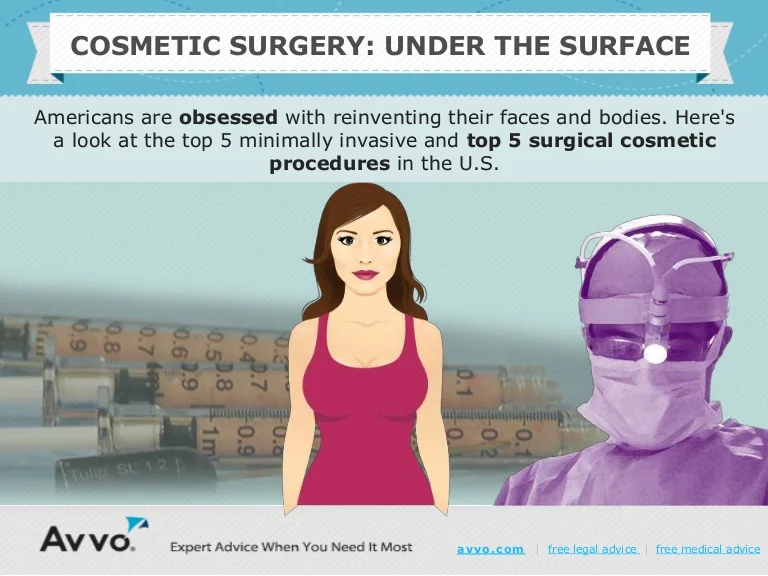How Do Retinoids Treat Acne
How Do Retinoids Treat Acne
Blog Article
Acne Marks and Post-Acne Treatment
Acne scars and dark marks can stay even after the imperfection itself has cleared. Yet there are lots of natural, non-prescription and clinical treatments that can lower their look.
Ice choice marks are little imprints that look like pinpricks; rolling marks have a wave-like look and superficial deepness; boxcar marks have clear edges; hypertrophic scars are raised bumps. Treatments include skin needling, where your doctor rolls a needle-studded device over the skin; and surgical excision, when a healthcare professional cuts out deep scars.
1. Scrub
Acne marks discolor best when they aren't covered with dead skin cells. Peeling gets rid of the accumulation and enables fresh skin cells to find to the surface. It likewise makes acne scars less noticeable.
A dermatologist can recommend exfoliation approaches for your details skin kind. Dry skin might take advantage of exfoliation with scrubs or other mechanical methods, while oily skin may require a chemical peel. Those with darker complexion require to be cautious utilizing stronger chemical treatments, as they can create dark places and level of sensitivity.
If you have acne marks, prevent picking or squeezing at them, which can make them even worse. Swelling triggered by inflammation enhances the chance of scarring. Selecting can leave ice-pick marks, which are slim imprints with a point at the end. You can additionally obtain boxcar marks, which are imprints with larger edges. You can additionally create hypertrophic or keloid scars. These are raised bumps of scar cells that can be scratchy and uncomfortable.
2. Moisturize
After completing your acne therapy, maintaining skin clear and healthy requires a regular skin care routine that protects from outbreaks and minimizes post-acne marks. This includes a gentle cleanser and cream, non-comedogenic items that don't clog pores, and staying clear of foods that aggravate skin or trigger acne flare-ups.
Utilizing a lightweight, non-comedogenic cream with components like hyaluronic acid and glycerin can help hydrate skin while additionally enhancing skin texture and advertising healing. Look for an item that is iv therapy developed without fragrance or parabens.
An item that targets remaining acne marks with ingredients such as skin-brightening tranexamic acid and bakuchiol can boost dark areas or uneven tone brought on by swelling. It gently resurfaces the skin while smoothing harsh and textured locations. A product that combines a retinoid and a plant-based retinol choice can likewise improve the look of deeper marks while concurrently targeting existing blemishes and protecting against future outbreaks.
3. Cover
As soon as your acne scars recover, you can conceal them with makeup and a concealer. Simply make sure you're just applying the item over scars that are totally healed (not fresh ones), says Sotomayor. After that, finish your appearance with a bold lip shade or statement great smoky eye shadow for maximum effect.
When it concerns picking a foundation or colored moisturizer, it's important to select one that is noncomedogenic and oil-free. This will aid keep your skin clear and protect against the blocking of pores that can lead to brand-new breakouts.
The exact same goes for picking a concealer. Look for a formula that supplies full insurance coverage but still really feels lightweight and blendable on the skin. Additionally, when covering impressions from acne scars, it's an excellent idea to discover a color that matches your all-natural skin tone (instead of a shade lighter or darker). This will aid conceal the indents better. This nourishing balm is a superb option for lightening up and lightening post-inflammatory hyperpigmentation, which can be caused by acne or various other inflammatory skin conditions. It contains hydrating panthenol, softening shea butter and strengthening peptides that decrease inflammation and scaly structure.
4. See Your Skin specialist
The marks that create from severe acne frequently require treatment by a physician or skin specialist. Prior to that can occur, however, a patient needs to have their acne under control. This includes not choosing or pressing acne spots, and making use of gentle cleansers and water-based non-comedogenic products that won't block pores.
If pharmacy cleansers and spot therapies aren't removing your skin, schedule a visit with a skin doctor. The skin specialist can advise other treatments that assist remove your skin without drying it out or irritating it.
A skin specialist can additionally treat other type of post-acne marks, consisting of dark spots that are a kind of hyperpigmentation called PIH (post-inflammatory hyperpigmentation). A topical retinoid like adapalene can noticeably lighten these marks and discolor them rapidly. For other sorts of scars, the doctor can recommend an extra intensive therapy. This can include microdermabrasion or chemical peels that are done right in the workplace. Relying on the severity of your scars, these therapies might require to be repeated.